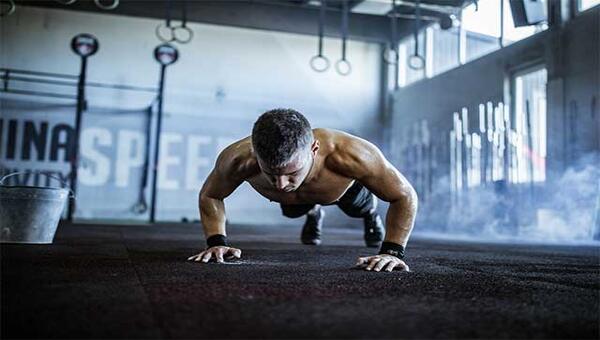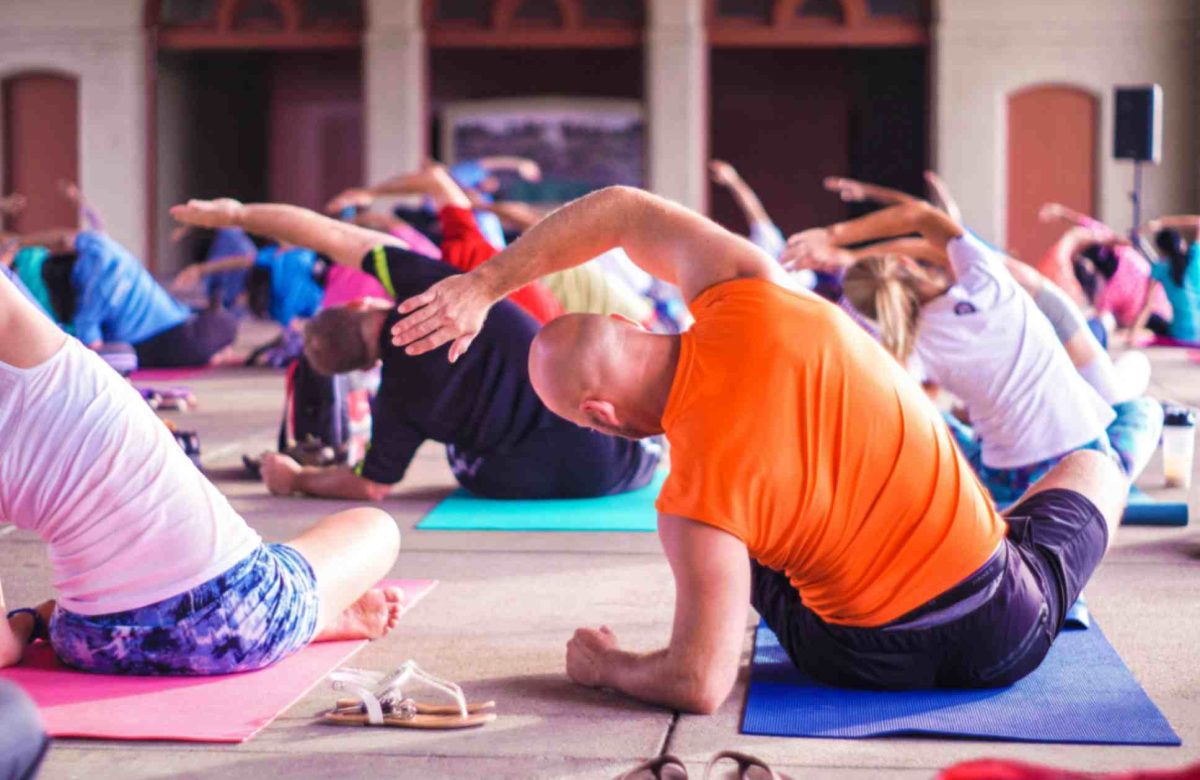How to Build Strength with Bodyweight Exercises

In a world where the allure of advanced gym equipment and fancy gadgets may dominate the fitness landscape, it’s easy to overlook the incredible strength-building potential of bodyweight exercises. These simple yet effective movements utilize the resistance of your own body to build functional strength, improve flexibility, and enhance overall fitness. Whether you’re a seasoned fitness enthusiast or a beginner looking to embark on a healthier journey, mastering bodyweight exercises can be a game-changer. In this blog, we will explore the benefits of bodyweight exercises and provide you with a comprehensive guide on how to build strength using these versatile workouts.
The Benefits of Bodyweight Exercises
Before we dive into the nitty-gritty of bodyweight training, let’s understand why it holds immense value in building strength and overall fitness:
- Cost-Effective and Convenient: Bodyweight exercises require little to no equipment, making them ideal for those on a budget or constantly on the go. You can perform them anywhere – at home, in a park, or even during a travel trip.
- Full-Body Engagement: Unlike some isolated gym exercises, bodyweight movements engage multiple muscle groups simultaneously, leading to better overall functional strength.
- Improved Stability and Flexibility: Many bodyweight exercises involve balance and core engagement, leading to enhanced stability and flexibility.
- Reduced Risk of Injury: When performed with proper form and technique, bodyweight exercises put minimal stress on joints, reducing the risk of injury compared to heavy weightlifting.
- Progressive Overload: Bodyweight exercises can be easily adjusted to match your fitness level, allowing for gradual progression as you build strength.
Read More : How to Strengthen Your Immune System with Exercise
Key Bodyweight Exercises for Building Strength
Now, let’s dive into some key bodyweight exercises that will help you build strength and challenge your muscles:
- Push-Ups: A classic upper body exercise that targets the chest, shoulders, triceps, and core. Start with modified push-ups (on knees) if you’re a beginner and progress to standard push-ups as you gain strength.
- Pull-Ups/Chin-Ups: Excellent exercises for developing upper body strength, particularly in the back, biceps, and forearms. If you can’t do a full pull-up yet, use resistance bands or perform assisted pull-ups using a sturdy bar or TRX straps.
- Squats: The foundation of lower body strength, squats work the quadriceps, hamstrings, glutes, and core. Practice proper form and consider adding variations like jump squats or pistol squats as you advance.
- Lunges: Targeting the quadriceps, hamstrings, and glutes, lunges also improve balance and stability. Add weight with dumbbells or incorporate walking lunges to challenge yourself further.
- Planks: Building core strength and stability, planks are essential for overall body control. To keep it interesting, experiment with side planks or plank jacks.
- Dips: A challenging exercise that primarily targets the triceps and chest. Use parallel bars or sturdy furniture to perform dips effectively.
- Bodyweight Rows: Great for strengthening the upper back, bodyweight rows can be performed using a suspension trainer or by lying under a sturdy horizontal bar.
Creating a Bodyweight Strength Training Routine
Ideally, you should design a progressive workout routine based on bodyweight exercises to maximize their benefits. To get started, follow these steps:
- Warm-up: Begin each session with a dynamic warm-up to get your heart rate up and your muscles ready for action. Incorporate movements like arm circles, leg swings, and high knees.
- Focus on Form: Proper form is key to preventing injuries and ensuring effective muscle engagement. Perform exercises slowly and with control, focusing on the targeted muscles.
- Repetitions and Sets: Aim for 3-4 sets of each exercise with 8-15 repetitions per set, depending on your fitness level. Your repetitions or sets should be gradually increased as you progress.
- Rest Intervals: Allow yourself 30-60 seconds of rest between sets to recover and maintain good form throughout the workout.
- Progression: To continue building strength, periodically challenge yourself by adding variations, increasing the number of repetitions, or incorporating more challenging exercises.
- Flexibility Training: Don’t forget to incorporate stretching exercises after your strength workout to improve flexibility and prevent muscle tightness.
Read More : How to Develop a Consistent Exercise Routine at Home
Conclusion
In conclusion, building strength with bodyweight exercises is a simple yet effective way to improve overall fitness and achieve your fitness goals. The convenience, cost-effectiveness, and versatility of these exercises make them suitable for everyone, regardless of their fitness level or experience. By incorporating key bodyweight movements into a well-designed routine and gradually challenging yourself, you can build functional strength, increase muscle tone, and enhance your overall physical well-being. So, embrace the power of your body and start your bodyweight strength-building journey today for a fitter and stronger you!




